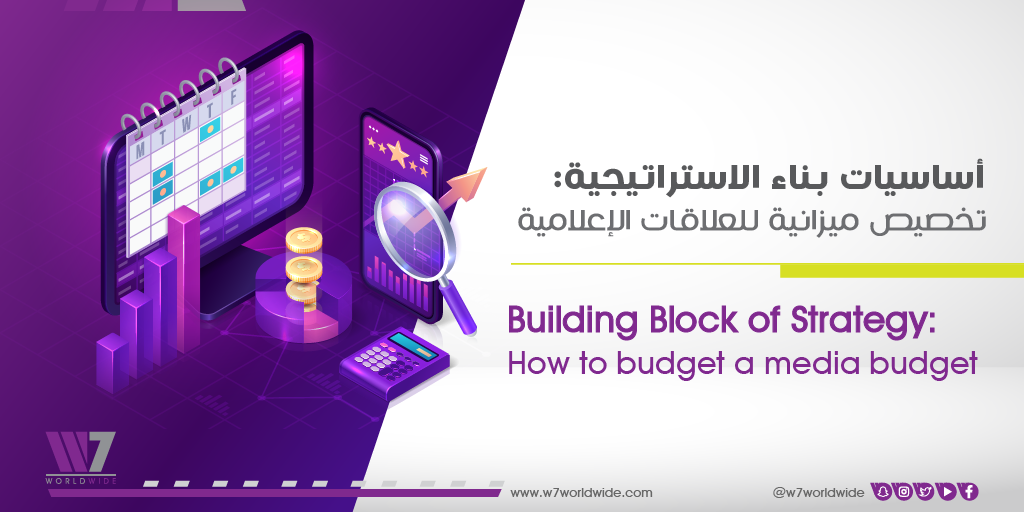A communications company’s media budget refers to the allocation of resources dedicated to public relations and marketing efforts.
PR agencies need to establish a strategic budget based on the available resources to meet their clients’ goals, along with making profits and a successful portfolio out of it.
Prior planning not only prevents poor performance but can also save time and money. The steps for a successful and an effective media budget are:
- Planning the timeline: This allows media budgets to be fully planned and broken down into multiple categories for execution. When every aspect of the campaign is planned to near perfection, it helps in boosting the morale and confidence of all parties associated with the project. Moreover, if prior professional planning is missing, there are higher chances of the campaign being a failure.
- Establish messaging and creative assets: It is here that you understand and decide on media placement to align with the campaign’s objectives. The question often asked is: What does the business want for their brand? As a PR professional, your job is to analyze, research, communicate and provide them with what they want. Generating noise and awareness through events and shows, and managing collaborations with influencers are some creative assets that can always work out.
- Get budget approvals – For a PR agency, it is important to closely consider your client’s budget before making any decision regarding the campaign, as they are your main funding source. Therefore, agencies should allocate resources to services that create the most value and awareness for the brand, making it an essentially cost-effective service for the clients.
- Paid media placements, hiring costs for talents, different digital marketing tools, website maintenance and added services also affect the media budget.
- Sales: In most cases, the ultimate goal is to enhance sales. With their PR and communications efforts, companies seek to create a sales funnel for the brand.
- Value for Money: This includes getting value-based prices and rates for services like equipment, models and personnel needed for the successful execution of the campaign. This can be achieved by forging tie-ups with them for the long run through contracts, which would help reduce the total cost and make profits for the PR agency.


